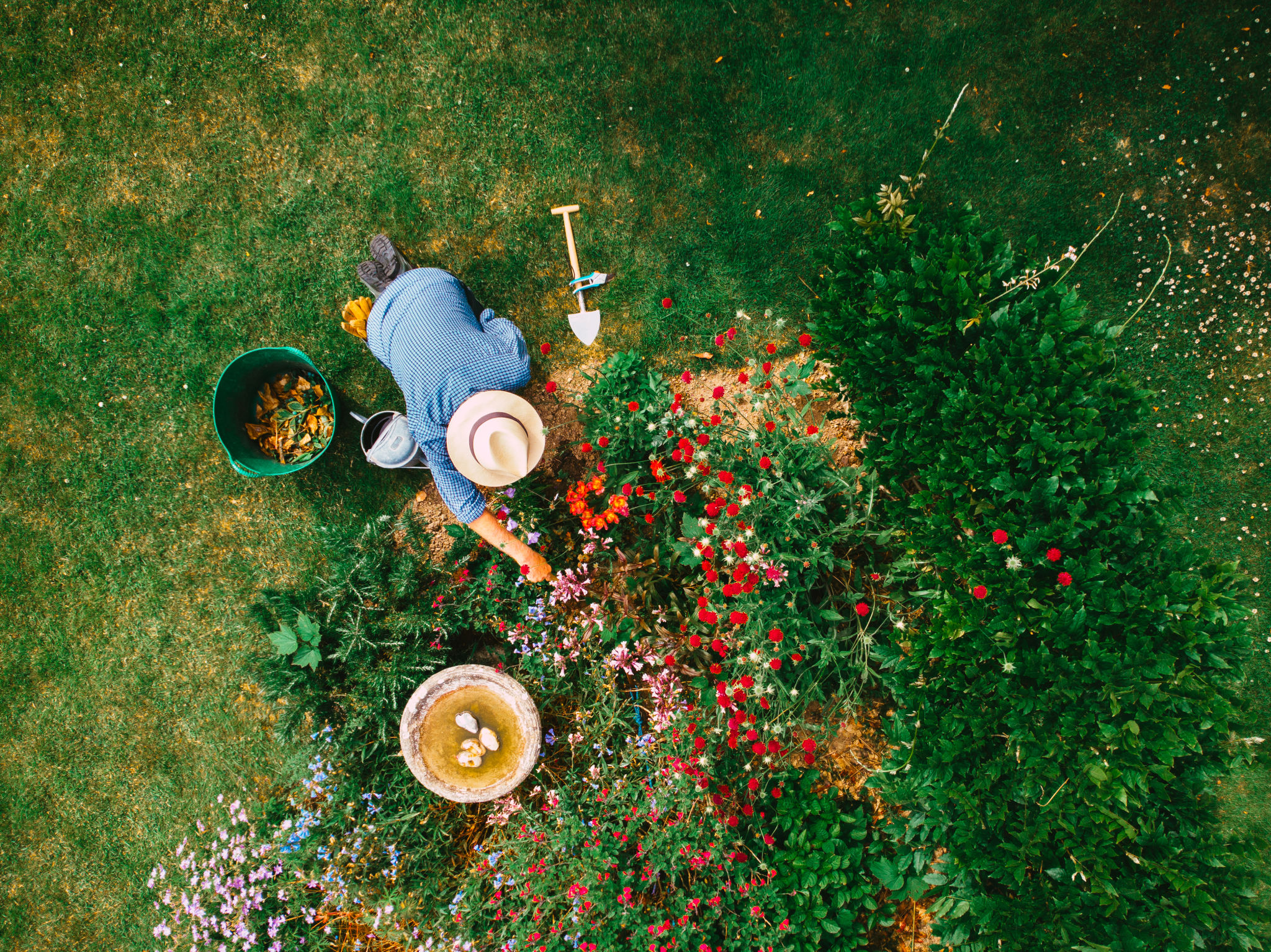Top Sustainable Commercial Landscaping Trends to Watch
Introduction to Sustainable Landscaping
As environmental concerns continue to rise, businesses are increasingly seeking ways to become more eco-friendly. One area that presents significant opportunities for sustainability is commercial landscaping. By adopting sustainable practices, businesses can enhance their curb appeal while also contributing to a healthier planet. In this blog post, we explore the top sustainable commercial landscaping trends to watch.

Native Plant Selection
One of the most impactful trends in sustainable landscaping is the use of native plants. Native plants are naturally adapted to the local climate and soil conditions, requiring less water and maintenance compared to non-native species. This not only reduces water usage but also minimizes the need for chemical fertilizers and pesticides. By incorporating native plants into your landscape, you can create a vibrant and diverse ecosystem that supports local wildlife.
Benefits of Native Plants
Native plants offer numerous benefits beyond sustainability. They help preserve the region's biodiversity and provide food and habitat for birds, insects, and other wildlife. Additionally, they tend to be more resilient to pests and diseases, reducing the need for chemical interventions.

Xeriscaping Techniques
Xeriscaping is a landscaping method designed to reduce water consumption by using drought-tolerant plants and efficient irrigation systems. This trend is especially relevant in areas prone to water shortages. By implementing xeriscaping techniques, businesses can significantly lower their water bills while maintaining an attractive landscape.
Principles of Xeriscaping
- Careful planning and design
- Soil improvement
- Efficient irrigation systems
- Use of mulch to retain soil moisture
- Group plants with similar water needs

Green Roofs and Walls
Green roofs and walls are becoming increasingly popular in urban commercial settings. These installations not only enhance the aesthetic appeal of a building but also offer numerous environmental benefits. Green roofs provide insulation, reducing energy costs, while green walls improve air quality by filtering pollutants and producing oxygen.
Advantages of Vertical Gardens
Vertical gardens or green walls can transform bland spaces into lush, living artworks. They help in noise reduction and can even offer thermal insulation for buildings. Moreover, they make excellent use of vertical space, which is often underutilized in urban landscapes.

Smart Irrigation Systems
Advancements in technology have paved the way for smart irrigation systems that optimize water usage. These systems utilize sensors and weather data to adjust watering schedules based on current conditions. This ensures that landscapes receive the right amount of water at the right time, minimizing waste and promoting plant health.
Key Features of Smart Irrigation
- Weather-based controllers
- Soil moisture sensors
- Remote access via smartphone apps
- Automatic leak detection

Conclusion: Embracing Sustainability in Landscaping
The shift towards sustainable landscaping practices is not just a trend; it's a necessary evolution in response to global environmental challenges. By adopting these sustainable landscaping trends, businesses can play a crucial role in conserving natural resources and protecting the planet. Embracing sustainability in commercial landscaping not only reflects positively on a brand but also sets a standard for future development.
